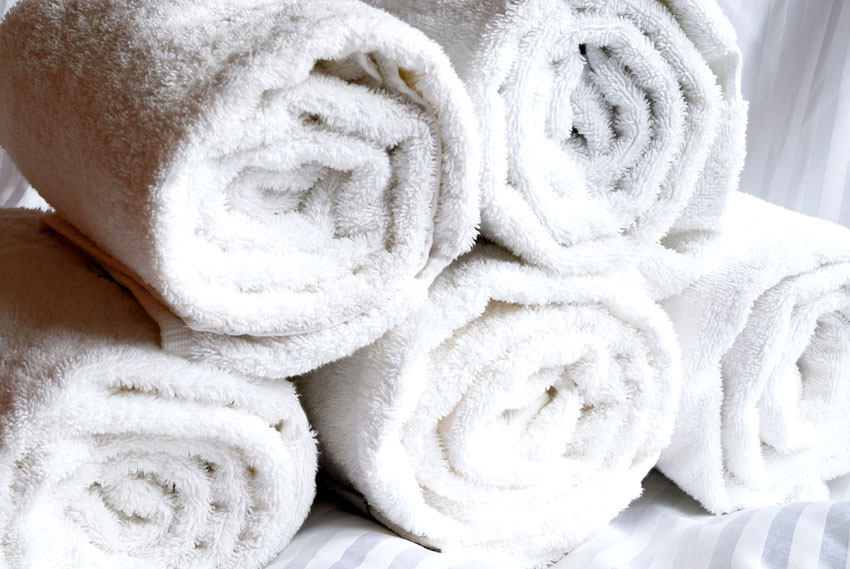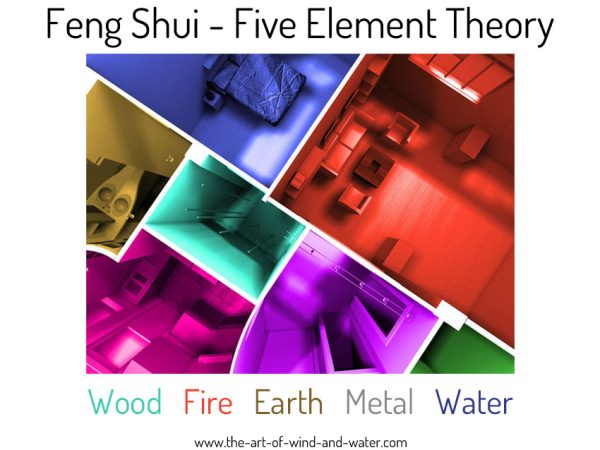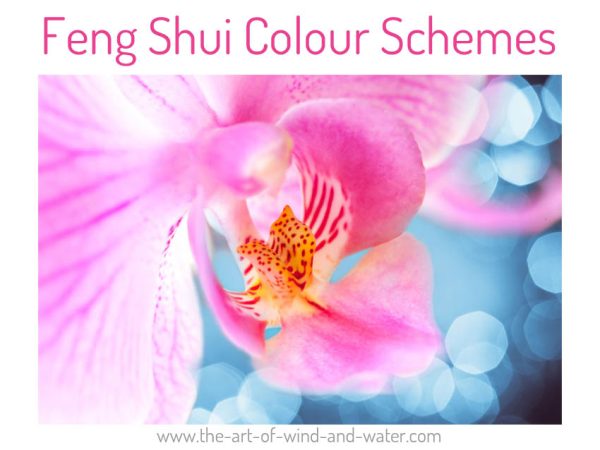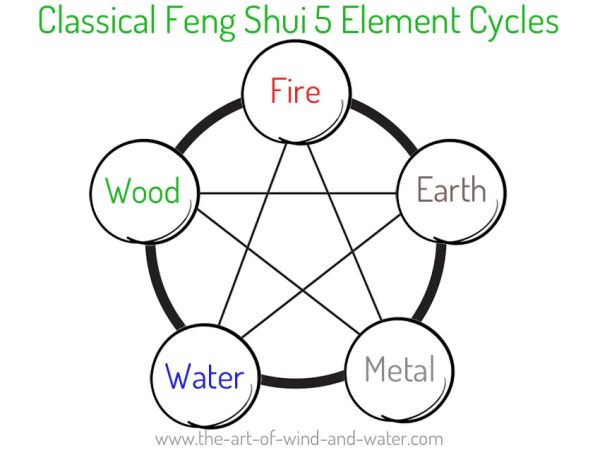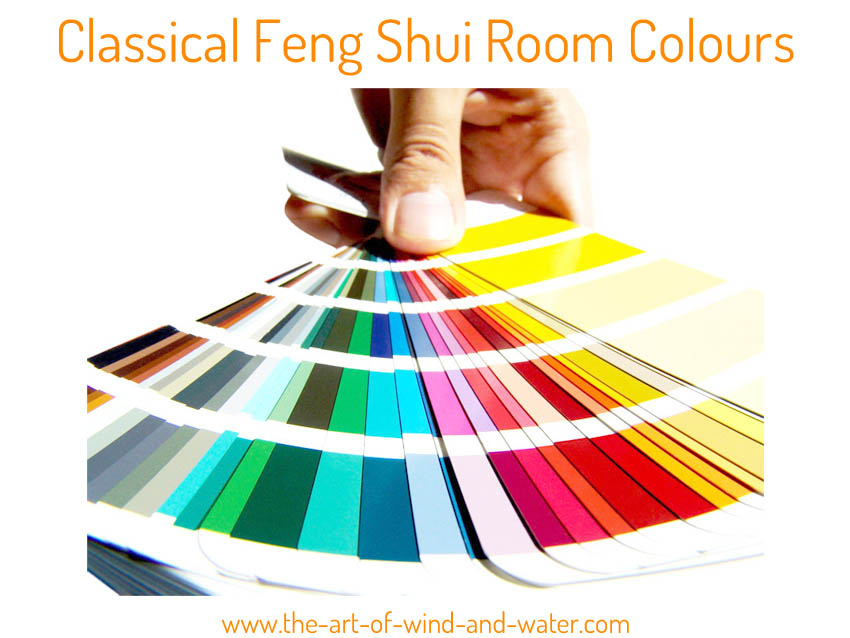
Feng Shui Colours for Rooms
Your visual guide to the Five Element Theory and room colours. The following images provide a Feng Shui color chart, helping you bring the Five Elements into the home. Colours are applied in each sector to strengthen or weaken the combination of the natal Flying Stars. An example would be a room that is 'Stuck Earth' with a combination Earth Stars 2 and 5, relates to illness. Colours from the Metal element would be used to drain the Earth Stars, creating a more comfortable space.
The Wood Element
The full spectrum of green colours from light to dark.
The Earth Element
Hues of cream, beige, yellow, brown, dark brown, earthy and neutral tones.
The Metal Element
White is a non-metallic metal colour.
To bring in warm colours use gold, bronze, copper, brass.
To bring in cooler colours use hues of chrome, silver, steel, aluminium, pewter.
The 5 Elements Theory
Each of the five elements is seen as a movement, constantly changing in our surrounding environment. An element never dies, only the form changes as it progresses through each phase. The five element theory is also used in Traditional Chinese Medicine, Acupuncture, Meridian Therapy, Shiatsu, Astrology, Macrobiotics, Face Reading, Martial Arts, Tai Chi etc.
5 Element Colour Schemes
The history of colour is rooted in ancient times, religion and culture. There are many colour schemes and colour associations from varying corners of the globe. Here are the three main groups; Western, Eastern and Feng Shui.
5 Elements Architecture
In the surrounding environment, shapes in the landscape whether natural or built correspond to the five element theory. This article looks at buildings and the five elements: wood, fire, earth, metal, water.
5 Element Cycles
As with Yin Yang theory, the 5 elements also interact with each other and hold different relationships depending on which element is in focus. Read more about the constructive cycle, the draining cycle, the insulting cycle and the deconstructive cycle.



